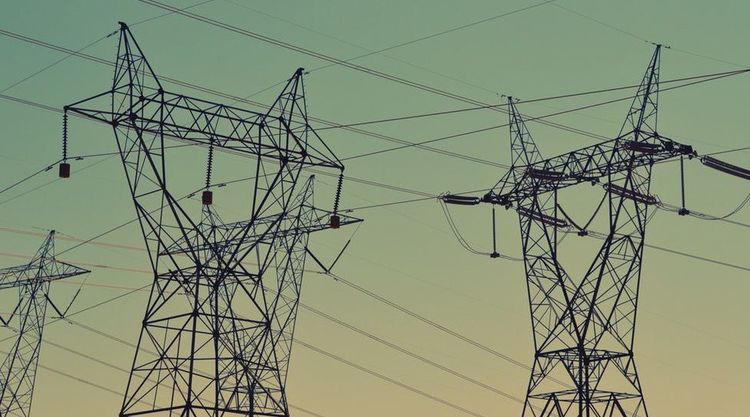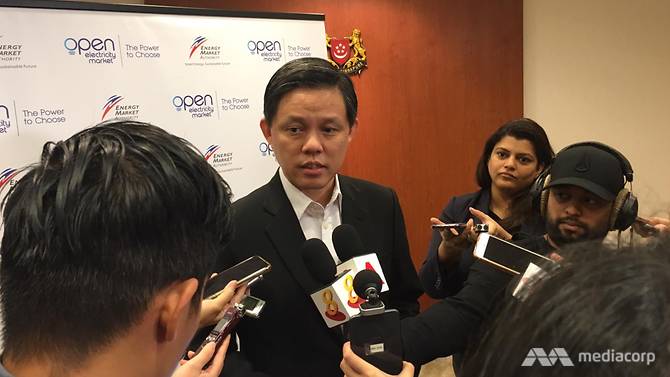–
- Cambodia
Phnom Penh is looking to go green in its efforts to tackle the mountain of waste – nearly 3,000 tonnes – that the capital now produces each day, Keo Channarith, the director of the Dangkor Dumpsite Management Committee, said on Thursday.
“If we look at the figures over the past three years, the capital’s waste has increased by 60,000 tonnes per year, dramatically increasing to an average of 2,700 tonnes a day in 2018,” Channarith said.
A number of international companies want to invest in waste management in Cambodia, Channarith added, with Phnom Penh’s governor looking to those that can turn trash into electricity and compost.
“Discussions will be held with companies that are looking into this. The final report will be available later.”
“Companies from China, Japan, South Korea and Europe have in the past looked to invest in reprocessing waste in Cambodia. The municipal hall welcomes those interested in investing in waste reprocessing,” he said.
Sixty per cent of Phnom Penh’s rubbish is organic or household waste, which is ideal for compost. Channarith said the city is looking into whether this is a possible solution to its waste problem.
Plastic accounts for 18 per cent or 600 tonnes a day of Phnom Penh’s total waste, he said.
“We are looking at the same possibility with plastic. As we know, plastic waste does not decompose easily, so we are contacting certain companies to have plastic waste recycled as much as possible.”
“At the moment, there is only informal recycling via waste pickers. They pick only certain valuable and recyclable items to sell to recycling depots. We have yet to bring in a formal waste classification system,” Channarith said.
Ministry of Environment spokesman Neth Pheaktra said that rapid population growth and changes to people’s lifestyles and consumption habits, coupled with increased packaging on goods and a low level of recycling, has caused the amount of waste to increase significantly.
Disposing of waste, he said, is among the most challenging problems facing environmental management in Phnom Penh. And it requires the participation of residents in a collective effort to reduce pollution.
“If people and businesses, such as market vendors and the owners of services such as restaurants cooperate, waste can be classified as organic, plastic or hazardous, and be treated accordingly.

“The rate of waste that is dumped, if all parties cooperate, will be less and certain waste can be reused and reprocessed to be useful and profitable for the people,” Channarith said.
Cambodian Education and Waste Management Organisation compost project manager Sam Phalla said in a single year, his organisation processes 40 to 50 tonnes of organic waste in Battambang province and turns it into compost.
“We can process more than this and it is easy to classify. After processing the waste, farmers purchase compost from our organisation. Compost made of waste costs $120 per tonne,” he said.
According to Channarith, a major problem in tackling the increasing amount of waste and improving recycling rates is people’s poor understanding of waste classification and the importance of recycling for their own health as well as that of the planet.
“Our people do not understand how to best to reduce their waste. They just know that they need to remove it from their homes,” he said.
But Phalla has no doubt about how to handle the massive increase in waste: “The best solution is to recycle,” he said.and certain waste can be reused and reprocessed to be useful and profitable for the people,” Channarith said.
Cambodian Education and Waste Management Organisation compost project manager Sam Phalla said in a single year, his organisation processes 40 to 50 tonnes of organic waste in Battambang and turns it into compost.
“We can process more than this and it is easy to classify. After processing the waste, farmers purchase compost from our organisation. Compost made of waste costs $120 per tonne,” he said.
According to Channarith, a major problem in tackling the increasing amount of waste and improving recycling rates is people’s poor understanding of waste classification and the importance of recycling for their own health as well as that of the planet.
“Our people do not understand how to best reduce their waste. They just know that they need to remove it from their homes,” he said.
But Phalla has no doubt about how to handle the massive increase in waste: “The best solution is to recycle.”










